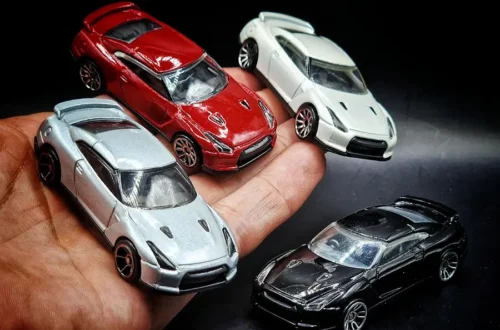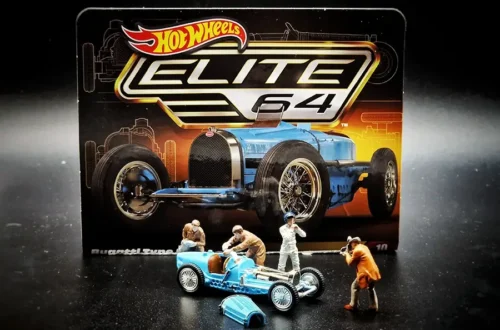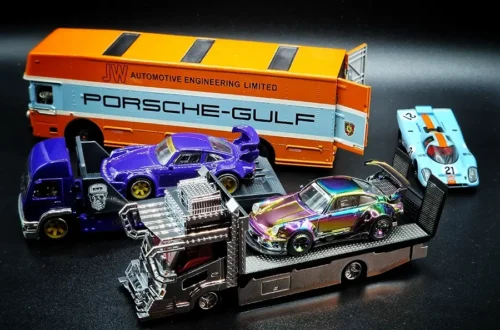
In Memory of MARCELLO GANDINI – FEATURETTE
Design language for eternity!
Marcello Gandini designed the Lamborghini Miura and Countach, but also everyday cars for BMW, Citroen and Renault. He now died in Rivoli at the age of 85. If his father had had his way, Marcello Gandini would have become a pianist. But he invested the money he had received for a Latin book in a book on cars and engineering. Fortunately, Gandini rebelled against family tradition and took a different path to his father, who was a well-known conductor. The automotive world would be poorer for some of the most spectacular cars.
Lamborghini Miura and Countach
In 1965, Marcello Gandini joined Bertone, succeeding Giorgio Giugiaro (legendary designer of the Maserati Ghibli, Lotus Esprit, BMW M1 and DeLorean DMC). His first project, a sports car study for Lamborghini at the Geneva Motor Show in spring 1966, became a design classic: with its proportions, the Miura defined what super sports cars should look like. Gandini designed some of the most desirable Italian sports cars of the 60s and 70s: Alfa Romeo Montreal, Lancia Stratos and the Ferrari 308 GT4, the only Ferrari from the Bertone design studio. Numerous designs for studies and everyday cars demonstrate the designer's mastery of a wide range of design languages. At the age of 28, he shaped the car world's idea of what a sports car should look like when the Lamborghini Miura was presented in 1966, a two-seater flat flounder with a transversely mounted engine behind the driver.

Five years later, Gandini had once again radically developed the idea into the angular and wedge-shaped Lamborghini Countach, which was only 106 centimetres high. He provided design ideas and inspiration for many models in the background, as often happens in the world of car design, without every supplier of ideas for the final shape being named. Models of these are a dime a dozen. Hot Wheels, Tomica, Kyosho, to name but a few, have produced suitable models in 1:64 scale, with no limits on colour variants and designs, such as the elite version of the Miura, the SVR Jota from 1968 built by Tomica.

Lancia Stratos
Cesare Fiorio, the head of Lancia's sports department, wanted to build a racing car to replace the glorious Fulvia HF, which had now reached the end of its career. The coachbuilder Nuccio Bertone gave him the idea in 1970 when he presented a futuristic prototype in Turin: the Lancia Stratos Zero. The development of this rally-style car, enhanced by the power of a Ferrari engine, led to the creation of the legendary Lancia Stratos HF. The so-called "Stratos Zero" was presented by Bertone at the 1970 Turin Motor Show. The car immediately caused a sensation in the press and among the public, mainly due to its revolutionary lines. The new prototype, built by Bertone to a design by Marcello Gandini, was a concrete source of inspiration for Fiorio to design the new Lancia, which was to shine in future rallies. The Lancia Stratos becomes the star of the rallies: THE car to beat.

It enabled Lancia and its official drivers to conquer numerous championships and to continue winning even after the baton was handed over to the Fiat 131 Abarth in the hands of private teams. Hot Wheels and MiniGT have produced several colour variants of the Stratos. Of course, MiniGT was able to draw on the full range of possibilities and produce extremely detailed replicas of the road version as well as some rally versions on a scale of 1:64. All vehicles that some car enthusiasts had as posters in their rooms and now have in the form of a model car in their display case. An absolute icon of automotive design has left us. Thank you for everything, Marcello Gandini!


You May Also Like

The end of Godzilla – Nissan Skyline GTR R35 FEATURETTE
August 31, 2025
Hot Wheels ELITE64 Bugatti Type 59 FEATURETTE
June 22, 2024
